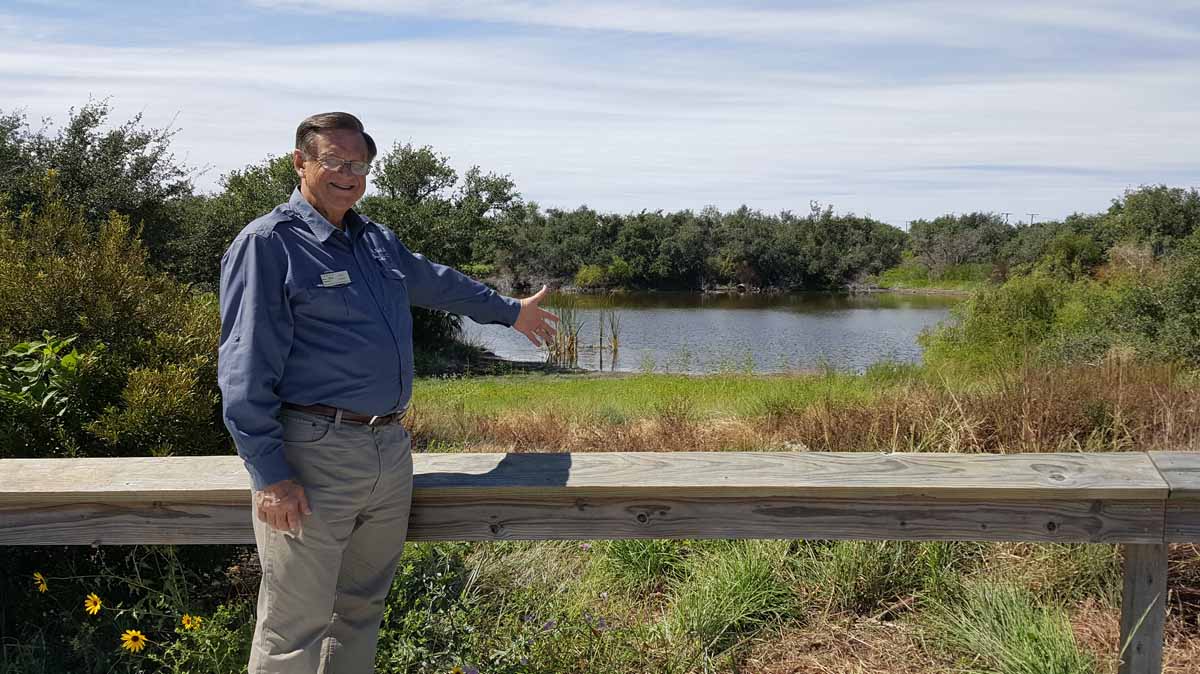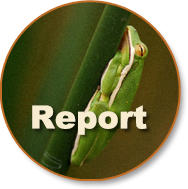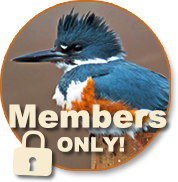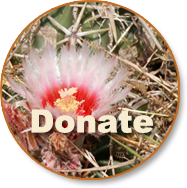
By Neill Amsler, Certified Texas Master Naturalist
I like a lot of what a person can do as a Mid-Coast Chapter Texas Master Naturalist. I pick activities that mean the most to me, and those usually involve birds. I call this happy work, but it really is not work at all. I enjoy all birds and without seeing daily indigenous birds, my life would be missing a major component. That said, trying to identify the migrants that travel through our area is a hobby that is the icing on the cake for me, and our Ruby-Throated Hummingbird is special among all migrants.
This miniature bird migrates across the Gulf of Mexico every fall, flying 500 to 600 miles alone, not with a flock. This migration requires some serious genetic intuition on the part of these tiny creatures. In addition, their metabolism is so fast that they must take in sugar (nectar) and protein (gnats and baby spiders) to increase their body weight by 25% to 40% here in the Coastal Bend in order to make it through the remainder of their migration.
Before the 2019 HummerBird Celebration, thinking about these bird visitors, I began to wonder where our human visitors come from and how much they actually know about these wonderful little birds. I thought I would like to learn a little about our visitors and at the same time try to enhance their knowledge of these birds and answer any questions they might have. I asked MCTMN leadership if I could earn volunteer hours by acting as an interpreter at the Linda S. Castro Nature Sanctuary, one of my favorite Aransas Pathways nature sites.
My request was approved, and I immediately added several feeders to those already installed and maintained as much as a month before the celebration. Then, starting September 19 and continuing through September 22, I manned the pavilion—in uniform and name tag—as an interpreter. I welcomed every arriving vehicle I could each afternoon from about 2:30 until they stopped coming: almost 100 guests in all. They came from all over the country, but the numbers from Austin, Dallas, and Houston were notable. Locals from throughout the Coastal Bend completed the picture. I learned a little about who comes to the festival and about their level of knowledge about hummers in general, ruby-throats specifically, and the natural world overall. A high percentage of those who visited Castro commented that having someone like me doing one-on-one personal Q and A dramatically enhanced their exposure to the Castro Sanctuary and that they learned a lot about the local flora and fauna in an enjoyable manner. In addition to the hummers, the lake had least- and pied-bill grebes, double-crested cormorants, mottled- and black-bellied whistling ducks, great egrets, snowy egrets, one anhinga, a black-crowned night heron, and hundreds of tadpoles turning into adult leopard frogs. All were conversation topics for visitors. One group from Kerrville enjoyed the Q and A so much they asked me to pose for a photo with them.
I believe our Mid-Coast Texas Master Naturalists should consider doing more of this interpretive outreach during future HummerBird Celebrations at more of the Aransas Pathways birding locations. I hope to do it again at Castro next year. Tule West, Ivy Lane, and Connie Hagar are great Aransas Pathways candidate locations.
Any volunteers?




